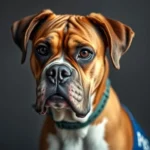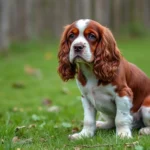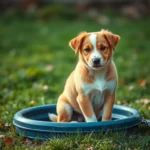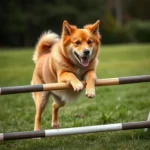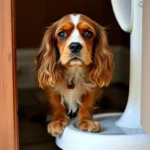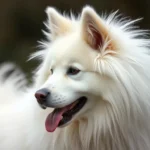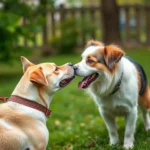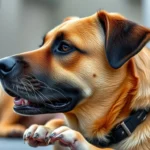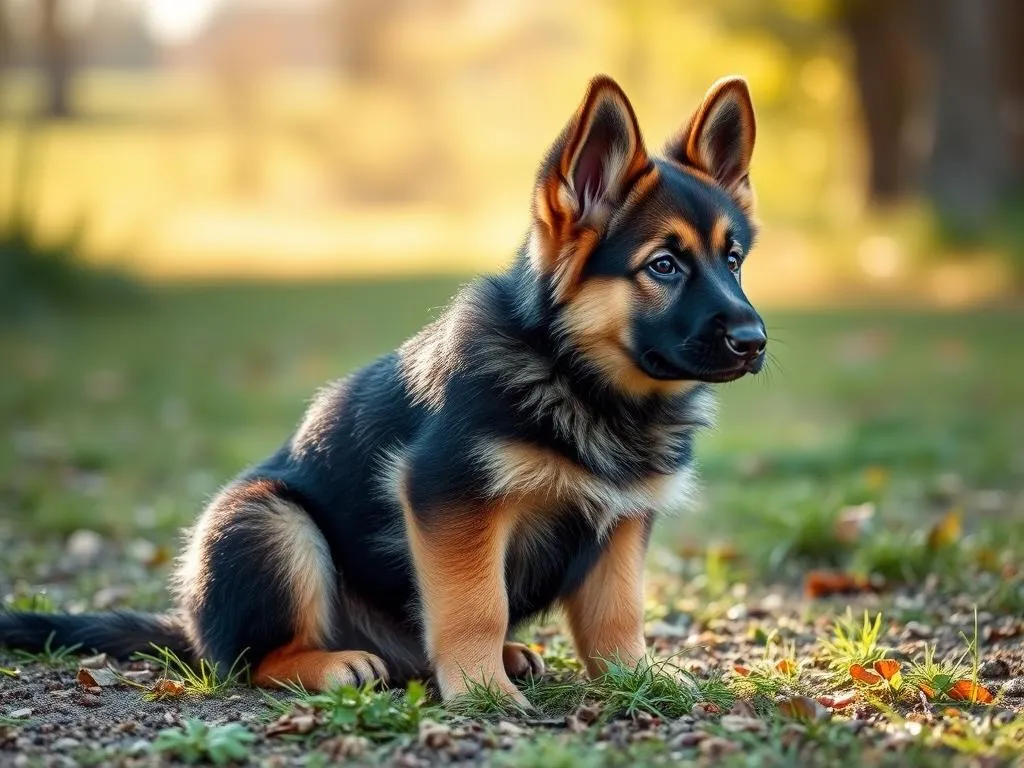
Potty training is a crucial aspect of bringing a new puppy into your home. It sets the foundation for good behavior and a harmonious relationship between you and your furry friend. German Shepherd puppies are known for their intelligence and loyalty, but they also come with unique challenges during the potty training process. This guide will help you navigate those challenges and provide the tools you need to effectively potty train your German Shepherd puppy.
Understanding the German Shepherd Puppy
Characteristics of German Shepherds
German Shepherds are one of the most popular dog breeds, and for good reason. They are known for their high intelligence, loyalty, and versatility. These dogs are eager to please their owners, which makes training them a rewarding experience. However, their energetic nature means they require ample mental and physical stimulation. This energy can sometimes lead to impatience during potty training, making it essential for owners to remain consistent and patient throughout the process.
Developmental Stages
Understanding the developmental milestones of your German Shepherd puppy is crucial for successful potty training. Puppies develop rapidly in their first few months, with key stages occurring at:
- Birth to 8 weeks: This is where they begin to learn basic behaviors from their mother and littermates.
- 8 to 12 weeks: Puppies start to explore their environment more and can begin to learn commands and potty training techniques.
Socialization during these early stages is vital. Exposing your puppy to different environments, people, and other animals will help them become well-adjusted adults. This socialization phase is also a perfect opportunity to introduce potty training basics.
Preparation for Potty Training
Setting Up the Environment
Before starting potty training, it’s essential to create a conducive environment. Choose a specific area in your yard or home that will serve as the designated potty spot. This will help your puppy associate that area with going to the bathroom.
You’ll also need some essential supplies:
– Puppy pads: Useful for indoor training, especially when you cannot take your puppy outside.
– Outdoor space: Ensure that your yard is secure and accessible for potty breaks.
– Crate: A crate can be a valuable tool in potty training, providing a safe space for your puppy when unsupervised.
Establishing a Schedule
Establishing a consistent potty schedule is crucial for success. Puppies thrive on routine, so understanding their natural habits can make a significant difference. Consider their feeding and drinking schedule to determine when they might need to go outside. Generally, puppies will need to go out:
- After eating
- After drinking
- After waking up
- After playtime
By adhering to a consistent schedule, you’ll help your puppy learn when and where it’s appropriate to go.
Potty Training Techniques
Crate Training
Crate training is one of the most effective methods for potty training a German Shepherd puppy. A crate provides a secure environment that naturally encourages the puppy to hold its bladder.
To introduce the crate:
1. Familiarize your puppy with the crate by allowing it to explore and play inside. Make it a positive space with treats and toys.
2. Gradually increase crate time while ensuring they have plenty of opportunities to go outside.
The crate should never be used as a punishment. Instead, make it a comfortable retreat for your puppy.
Positive Reinforcement
Using positive reinforcement is a tried-and-true method in dog training, especially for potty training. This involves rewarding your puppy for doing the right thing.
When your puppy successfully goes potty in the designated area:
– Offer a treat immediately.
– Praise them enthusiastically to reinforce the behavior.
– You can also incorporate playtime as a reward, as this helps build a positive association with potty training.
Designated Potty Areas
Having a specific spot for your puppy to relieve itself is crucial. This helps your puppy associate that area with going to the bathroom. When it’s time for a potty break, lead your puppy to this spot and use a consistent phrase like “Go potty.” Over time, they will learn to associate this command with the action.
Recognizing Signs Your Puppy Needs to Go
Common Signs to Look For
Being able to recognize when your puppy needs to go outside is essential. Look for the following signs:
– Whining: This is often a sign that your puppy is uncomfortable and needs to go out.
– Pacing: If your puppy starts moving around restlessly, it may indicate they need a potty break.
– Sniffing: Puppies often sniff around when they are looking for a place to go.
– Circling: This behavior can signify that your puppy is trying to find a suitable spot to relieve itself.
Timing Potty Breaks
In addition to recognizing signs, taking your puppy out at regular intervals is essential. Generally, you should aim to take your puppy out every 1-2 hours, especially during the early stages of training. As they grow and develop better control, you can gradually extend these intervals.
Dealing with Accidents
Common Mistakes to Avoid
Accidents are a normal part of the potty training process. It’s essential to approach these mishaps with understanding rather than punishment. Common mistakes include:
– Punishing the puppy: This can create fear and anxiety around potty training, making it more difficult in the long run.
– Misunderstanding signs: Sometimes, owners may misinterpret the signs of needing to go, leading to frustration.
Cleaning Up Accidents
When accidents do happen, it’s crucial to clean them up properly to prevent repeat incidents. Use enzymatic cleaners specifically designed for pet messes, as these eliminate odors that may encourage your puppy to go in the same spot again.
Troubleshooting Common Challenges
Regression in Training
It’s not uncommon for puppies to experience setbacks during potty training. Regression can occur for various reasons, including changes in routine, stress, or health issues. If your puppy begins to have accidents after being reliably trained, take a step back and reassess your training methods.
- Revisit your schedule: Ensure you are consistent and provide ample opportunities for potty breaks.
- Check for health issues: If accidents persist, consult your veterinarian to rule out any medical problems.
Dealing with Outdoor Potty Training Issues
Outdoor potty training can present its own set of challenges. Weather conditions, distractions, or changes in environment can affect your puppy’s willingness to go outside. Here are some tips to address these issues:
– Weather Considerations: Be patient with your puppy in bad weather. Use positive reinforcement to encourage them to go outside even when it’s not ideal.
– Overcoming Distractions: If your puppy is easily distracted, practice focused training sessions in a quiet area before allowing them to potty in more stimulating environments.
Maintaining Long-Term Success
Transitioning from Puppy to Adult Dog
As your German Shepherd grows, their potty training needs may evolve. Adult dogs have better bladder control and may require fewer potty breaks. However, it’s essential to maintain the good habits established during puppyhood.
Reinforcing Good Habits
Even after successful potty training, it’s crucial to reinforce good habits. Continue to provide routine and consistent potty breaks, and maintain positive reinforcement for good behavior. Regular exercise and mental stimulation will also help reduce accidents by ensuring your puppy is happy and healthy.
Conclusion
Potty training a German Shepherd puppy can be a challenging yet rewarding experience. By understanding their unique characteristics and using effective techniques, you can ensure successful potty training. Remember to be patient, consistent, and supportive throughout the process. Each puppy is different, and with time and effort, you’ll have a well-trained companion.
Share your experiences and tips in the comments below—every bit of advice helps fellow puppy owners navigate this exciting journey!
